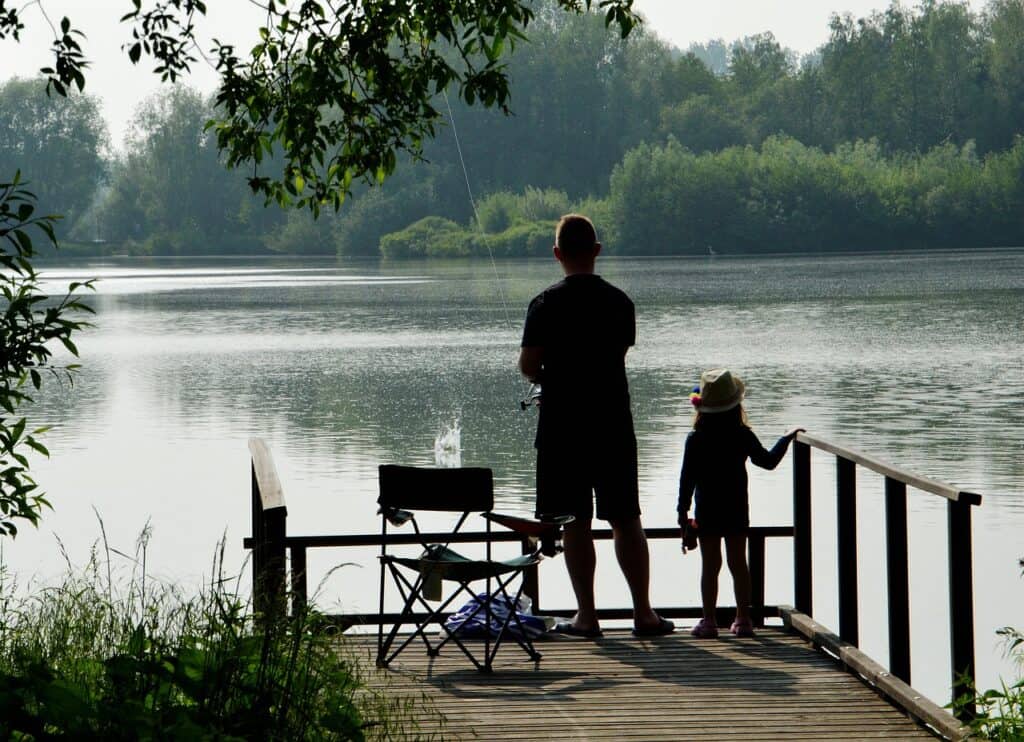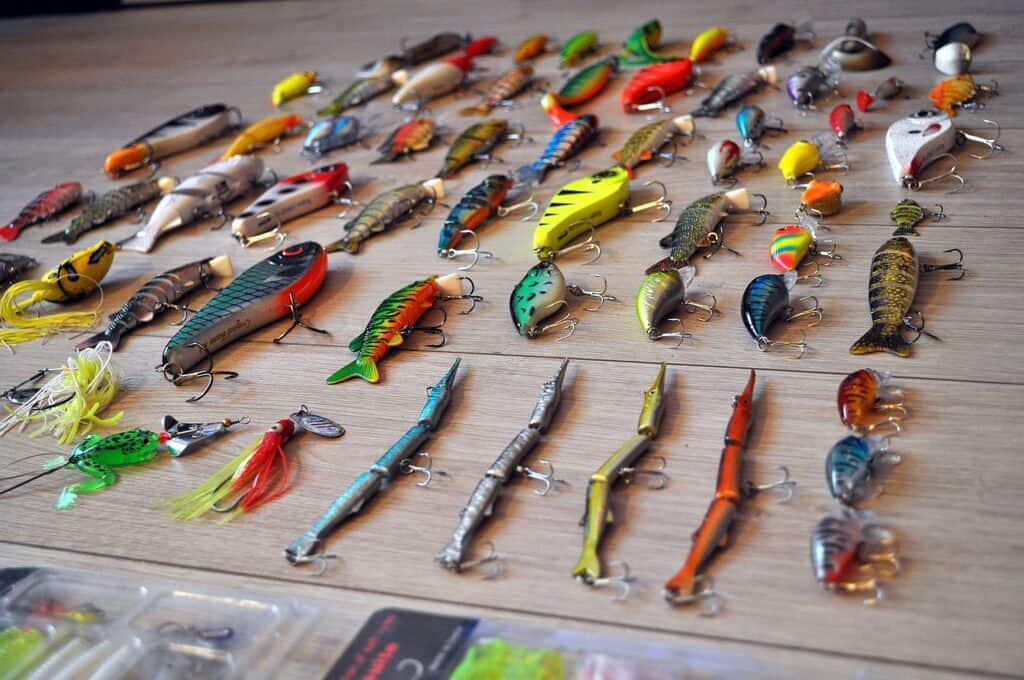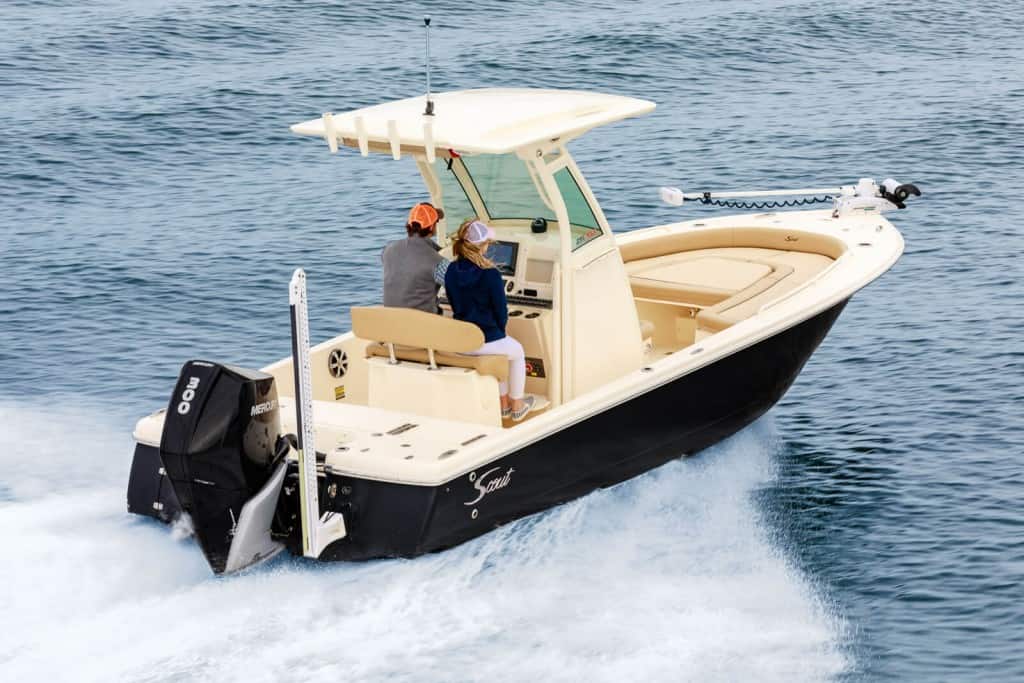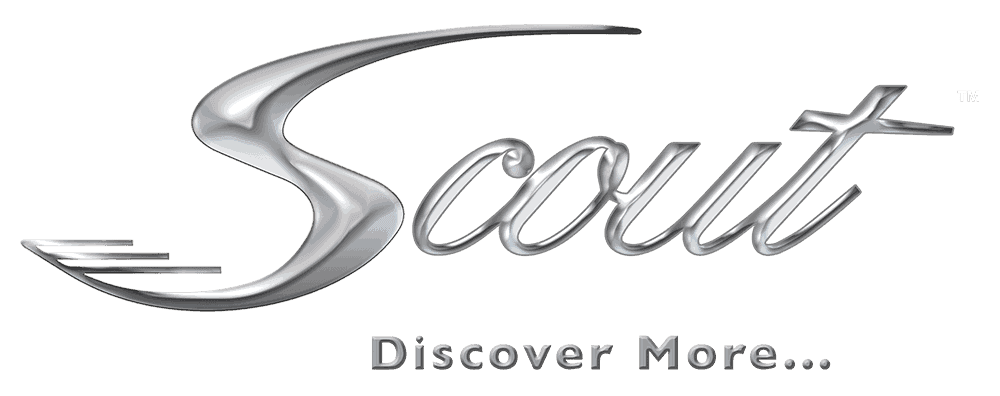
The waves of the Pacific are cold, furious, and, at times, outright intimidating. The farther north you travel and the closer winter comes, the more this becomes true.
While many would look at the churned-up, froth-laden surf as a barren wasteland that would be difficult to fish, they couldn’t be more wrong. It is one of the richest places for someone wanting to fish in the Pacific Ocean.
That is because of the barred surf perch.
All About Barred Surf Perch
The barred surf perch are flat-bodied fish that inhabit the surf zone where waves crash, causing the sand to be eroded. This erosion event exposes potential food sources and causes the surf perch to go into a feeding frenzy.
Surf perch are also not loners. For the fly fisherman, this is very good news. Once you have caught one, you will likely catch several more as the school works its way up and down the surf. Therefore finding the surf perch, more than presentation or fly selection, is far more important to a good day’s fishing than anything else.
Shrimp, crustaceans, worms, and other bottom-dwelling creatures are a potential surf perch meal. Since this is the case, surf perch actively seek out dirty water that could hold these creatures after moving water dislodges them. However, like any fish, they still want to spend a fair amount of time in clear water where they can see farther and more easily.
Where to Find Surf Perch
Surf perch are found on the western coast of the United States. This unique, crappie-like fish that cruises the Pacific coastal waters provides fishermen of California, Oregon, and Washington with an opportunity that can’t be found anywhere else.
Most avid fly fishermen in these states look for areas of public beaches that combine kelp beds, water inlets, flats, and incoming waves. This combination allows for the surf perch to access cover and concealment while also easily finding food.
As their name implies, surf perch live in the crashing waves where the water’s energy churns up the tiny creatures they love to feed on. While it may look like a chaotic mess to those on the beach, it is a haven for the barred surf perch.
Packing the Tacklebox

While surf perch are incredibly fun to catch and even more fun to eat, they can be a challenge to get to. With the wind, waves, and other environmental challenges the surf perch use to survive, a fly fisherman can be easily discouraged if they aren’t using the correct tackle.
Rods—With the wind, waves, and the need to fish the bottom, casting can be challenging. Therefore, having a heavy rod that can cut through these challenges and get to the fish is incredibly important. A 10-foot, 7-weight rod is ideal for accomplishing this.
Reels— When fly fishing for anything in the surf, you will get wet. Doing it in the Pacific, especially in the northern latitudes, you can be sure you will be soaked to the bone. While surf perch aren’t fierce fighters that need a heavy-duty reel, you will need to make sure your reel can withstand repeated dunkings in salt water. Getting one built for saltwater use is more critical with surf perch than with other fish. Be sure to do a freshwater rinse after every use to get the salt out, followed by a heavy bath of WD40.
Leaders—Surf perch cruise the bottom of the ocean, looking for their next meal. That means that your fly line should be a sink tip, and any leader you use should be short. If you have a bias for long leaders, you will find that the fly simply doesn’t get into the zone the surf perch feed in. Therefore, never exceeding six feet of leader of 16lbs test will work best.
Flies— Surf perch live in the crashing waves of the Pacific coast, which can make fly fishing for them highly challenging. Therefore, always pick a fly that has some weight to it. A size 4 or 6 will do just fine, provided it is weighted enough to get the fly to the bottom. Have a strong bias for red and orange as these colors mimic many worms, invertebrates, and other creatures that surf perch regularly feed on.
Hooks— Surf perch don’t get very big. While they are enough to produce decadent meals, they are often too small to feasibly be hooked by some larger hook sizes. A size 6 will allow you to hook some of the smaller-mouthed surf perch while also being big enough to penetrate the mouths of bigger, tougher fish.
Tips for Catching Barred Surf Perch on a Fly
Time Your Cast With the Waves- When you see a wave crash and kick up every bit of sand and debris on the ocean floor, you wouldn’t think anything would be living in it. However, that is precisely what surf perch love. By casting in front of a wave and letting your fly get sucked into it, you will place your fly directly in front of the fish, right where they expect food to be. Timing your casts with the waves will allow you to frequently hook more fish.
Tight Lines Land Fish- One of the best pieces of advice you can receive concerning fly fishing for surf perch is to always have a tight line. Since the environment surf perch live in is so chaotic, detecting strikes can be incredibly difficult. Every wave may seem like the slow, steady tug of a fish cruising the waves with your fly in their mouth. More often than not, it is only the fly getting pulled around by rapidly moving water. However, if you keep a tight line, you will find that the surf perch have a rapid, machine gun-like strike that is easily detectable when you don’t have a ton of slack in your line.
Stripping Basket- Fishing in the surf is a game of distance and time. The longer you can keep your fly in the water, the bigger chance you will have at landing a limit of surf perch. That means having your line in the air when casting is actually time that could be spent with the fly in the waves in front of fish. One of the best ways to ensure your casts are maximized is by using a stripping basket. Since your excess line isn’t in the water generating friction against a casted fly, you will make longer casts and have longer retrieves. That increased time of your fly in the water is mathematically certain to result in landing more fish.
Catching Barred Surf Perch with Scout Boats

While many fish for surf perch by going to their local beaches and wading out next to other fishermen, there are other, more effective ways to get to them. One is by boating into coves and islands that hold surf perch that fishermen never approach. The Scout 251 XSS is one of many options that combine the ability to get to hard-to-reach places with a low draft to allow for shallow water operations.

